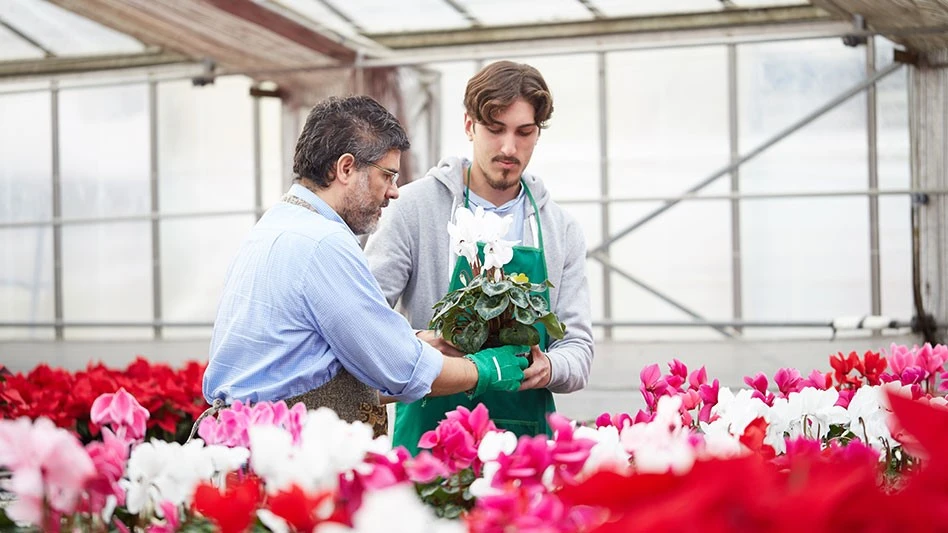
Photo © Stocked House Studio | Adobestock
Given the growing number of horticulture operations that are struggling to find employees in the current labor shortage, it was no surprise that Al Martin’s presentation “Hiring from outside of the horticulture industry” was packed at Cultivate’22.
Finding people with horticulture skills is becoming harder and harder. And it’s difficult for growers to find candidates with the experience that they want, so, according to Martin, growers have to change their idea of what the ideal candidate looks like and be ready and willing to train people. Instead of just looking at hard skills, Martin says that employers also need to look at soft skills and good attitude. After all, hard skills can be taught, but soft skills can’t.
But how can growers find and attract these candidates from outside of the horticulture industry? Martin outlined several steps, including expanding job postings to include people with broader customer service experience, as well as finding multiple places to post a job advertisement.
As he’s recruited employees for green industry operations, Martin has found that restaurant workers tend to perform well in the horticulture industry, thanks to their people skills, communication skills and work ethic.
Martin explained how he always looks for potential employees when he’s out in public, be it at a restaurant or anywhere he’s interacting with service workers. When he encounters someone he thinks will do well, he’ll let them know he’s hiring and that he noticed their customer service skills. When interviewing a candidate from outside of the industry, Martin said it’s important to explain the job thoroughly, so the candidate knows exactly what they’re getting into. During this interview stage, Martin also said it’s crucial to be flexible, especially with younger candidates. Today, many people, but especially younger people, want to maintain a work-life balance, and being flexible in the hiring process can help attract these candidates, especially those who may only want to work part-time.
But what happens after the new employee joins the team? Martin explained the importance of having a good onboarding and training process, as most employee turnover happens during the first six months to a year. Because of this, it’s important to train new employees well and make sure they don’t leave. Martin said this process should include check-ins with the new employee every 30, 60 and 90 days to make sure they’re feeling good about their progress and their place in the company.
People attending the session also shared their own insights on hiring new employees. Here are some examples of recruitment strategies that people had success with:
- Offering referral bonuses to current employees who bring in new employees.
- H-2A and H-2B programs.
- Recruiting from job centers and unemployment offices.
- Recruiting from refugee centers in their area.
- Providing new employees with a clear path forward, so they know what promotions may be available to them down the road if they stay at the company.
Latest from Greenhouse Management
- Anthura acquires Bromelia assets from Corn. Bak in Netherlands
- Top 10 stories for National Poinsettia Day
- Langendoen Mechanical hosts open house to showcase new greenhouse build
- Conor Foy joins EHR's national sales team
- Pantone announces its 2026 Color of the Year
- Syngenta granted federal registration for Trefinti nematicide/fungicide in ornamental market
- A legacy of influence
- HILA 2025 video highlights: John Gaydos of Proven Winners





